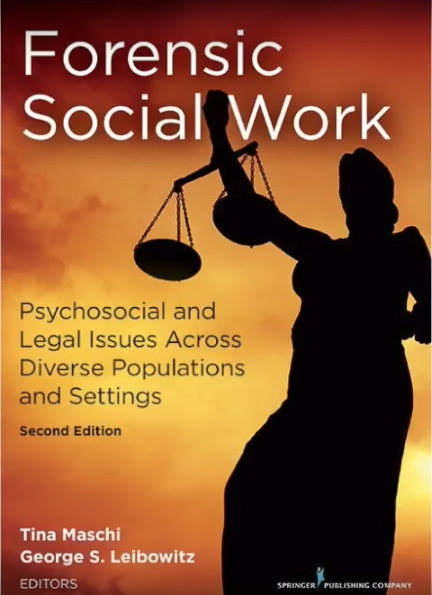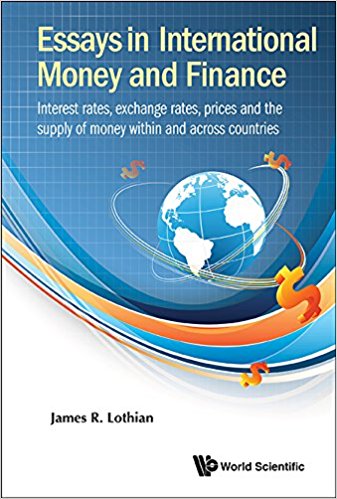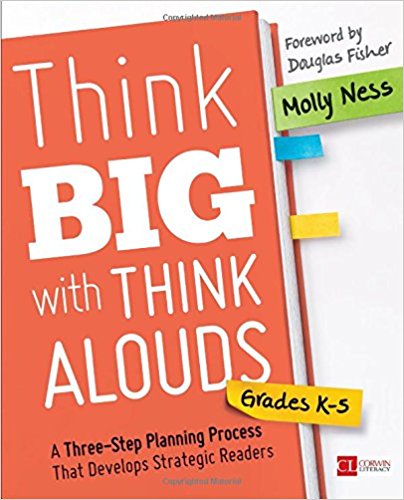 Media Ecology: An Approach to Understanding the Human Condition, by Lance Strate, Ph.D. (Peter Lang, 2017)
Media Ecology: An Approach to Understanding the Human Condition, by Lance Strate, Ph.D. (Peter Lang, 2017)
In his new book, Strate, professor of communication and media studies, examines how smartphones, apps, and social media shape us as human beings. He expands on an intellectual tradition, one spearheaded by Neil Postman and Marshall McLuhan (who taught at Fordham), that’s about much more than understanding any one particular medium.
“It starts with the understanding that those things we pay attention to, like screens, are not just gadgets,” he said. “We think we can turn them on or off, but when you look at them as part of our environment, we can’t escape them.”
Even people who don’t use social media will be inadvertently affected by it, said Strate, because its use is ubiquitous—much the same as persons who don’t fly and yet must content with planes continuously flying overhead. “We are living in an environment that is full of these mediations that influence us.”
“We all speak with a language we didn’t create. That influences how we express ourselves and in how we think,” he said.e
 Forensic Social Work: Psychosocial Legal Issues Across Diverse Populations and Settings, 2 ed., co-edited by Tina Maschi, Ph.D., and George Stuart Leibowitz, Ph.D. (Springer Publishing, 2018)
Forensic Social Work: Psychosocial Legal Issues Across Diverse Populations and Settings, 2 ed., co-edited by Tina Maschi, Ph.D., and George Stuart Leibowitz, Ph.D. (Springer Publishing, 2018)
“We’ve come a long way from forensic texts just being about expert testimony in court, but to include the systems of care,” said Tina Maschi, Ph.D. associate professor in the Graduate School of Social Service, the book’s co-editor. “Whatever angle or systems you are looking at, the problems still emerge.”
A collection of articles by leading academics and professionals, Forensic Social Work looks at the latest research and practices in the field. Readers learn to integrate socio-legal knowledge when working with diverse populations, and to become familiar with common forensic issues in the major settings of health care, social and protective services, the child welfare system, the criminal justice system, school systems, immigration services, and addiction treatment facilities, among others.
Among the topics discussed are the use of restorative justice around the globe; the application of “cultural humility,” in which social work practitioners are mindful to put aside biases when working with clients with cultural differences; and the importance of teaching ethics in forensic social work environments.
(Listen to Tina Maschi speak about the book.)
 Cognitive Development in Digital Contexts, co-edited by Fran C. Blumberg, Ph.D., and Patricia J. Brooks, Ph.D. (Elsevier Science & Technology Books, 2017)
Cognitive Development in Digital Contexts, co-edited by Fran C. Blumberg, Ph.D., and Patricia J. Brooks, Ph.D. (Elsevier Science & Technology Books, 2017)
Cognitive Development in Digital Contexts provides a survey of the impact of digital media on key aspects of children’s and adolescents’ cognitive development pertaining to attention, memory, language, and executive functioning.
The co-editors sought to present content pertinent to how children and adolescents evaluate the content presented to them via different types of screen media; what many scholars see as an aspect of media literacy, according to Blumberg. Both women had a goal to highlight how cognitive development was impacted by exposure and use of digital media.
“This focus has surprisingly remained largely neglected amid societal concerns about pathological media use and vulnerability to media effects such as demonstrations of physical aggression, cyberbullying, and Internet addiction,” said Blumberg, associate professor in the Division of Psychological and Educational Services at the Graduate School of Education.
The intended audience includes educators, researchers, policymakers, and media designers dedicated to examining and promoting children’s and adolescents’ cognitive growth in the digital era.
 Essays in International Money and Finance: Interest Rates, Exchange Rates, Prices and the Supply of Money Within and Across Countries, by James Lothian, Ph.D. (World Scientific Publishing, 2017)
Essays in International Money and Finance: Interest Rates, Exchange Rates, Prices and the Supply of Money Within and Across Countries, by James Lothian, Ph.D. (World Scientific Publishing, 2017)
A collection of papers by Lothian, Distinguished Professor of Finance and holder of the Toppeta Family Chair in Global Financial Markets, Essays in International Money and Finance focuses on the empirical performance of international monetary and financial theory. Within the broad scope of topics, one paper focuses on a study of exchange-rate behavior over the 200-year period from 1791 to 1990.
The featured papers were written over a 40-year period and have received the attention of other scholars, said Lothian, which is why he decided to assemble them together.
“The papers share a broadness in scope of another sort, with concerns for both history and in some instances, the history of economic thought and with emphases on both open-economy and closed-economy models of economic behavior,” he said.
 Ethics in Anthropology of Business, co-edited by Timothy de Waal Malefyt, Ph.D., and Robert J. Morais, Ph.D. (Routledge, 2017)
Ethics in Anthropology of Business, co-edited by Timothy de Waal Malefyt, Ph.D., and Robert J. Morais, Ph.D. (Routledge, 2017)
Malefyt, a clinical associate professor in the Gabelli School of Business, said that the anthropology of business is a relatively new field that takes a “cultural perspective of how people in groups may fit particular patterns.”
The timely collection of essays examines ethical challenges for anthropologists working in industries such as advertising, market research, and design. In a contributed chapter on advertising, Malefyt writes that ethics in that field can often prove complicated. He cites the popular Virginia Slims ads, which, in spite of being advertisements for cigarettes, had a positive effect on the feminist movement with their “You’ve come a long way” tag line.
“Anthropologists are good at studying cultural issues and how they impact business,” Malefyt said. “Adding ethics can be very valuable.”
 Think Big with Think Alouds, by Molly Ness, Ph.D., (Corwin, 2017)
Think Big with Think Alouds, by Molly Ness, Ph.D., (Corwin, 2017)
In her new book, Molly Ness, Ph.D., associate professor in the Graduate School of Education, helps elementary school teachers focus on five strategies to develop strategic reading habits and improve K-5 students’ comprehension. These include: (1) Asking questions; (2) making inferences; (3) synthesizing information; (4) understanding the author’s purpose; and (5) monitoring and clarifying. The book builds on Ness’s long-term research on reading comprehension instruction.
Specifically, she presents a three-step planning process to build teachers’ ability to “think-aloud”. In a think aloud, a proficient reader models the thinking process that s/he uses to understand a particular piece of text. The new book is based on a yearlong research study that Ness undertook with public school teachers who were simultaneously enrolled in GSE classes. Findings from the research study showed that, although think alouds are highly effective, they are not yet commonplace in classrooms today.
(Tom Stoelker and Veronika Kero contributed to this report.)


